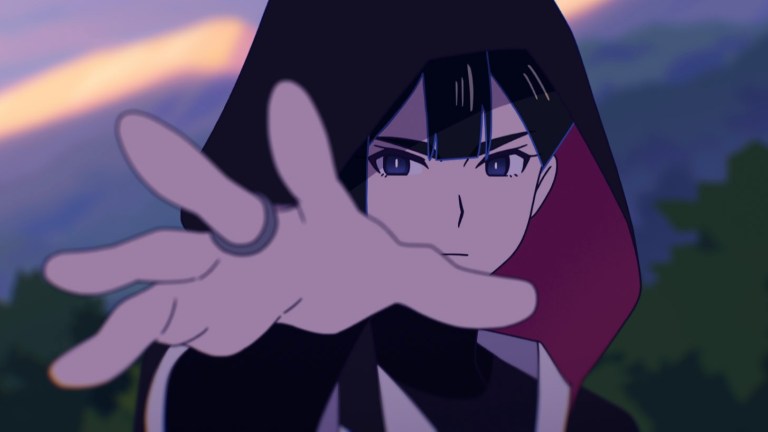As any timeless franchise should, Star Wars continues to grow and evolve in the era of streaming, and suddenly we have instant access to more content than we’ve ever had before, including every movie, every series, every LEGO special and many more. Disney+ has begun to expand its Star Wars roster, and this endeavor includes a series that received only limited promotion — Star Wars: Visions.
Seven Japanese anime studios were given an allocated amount of time to tell a story set in the Star Wars universe, and the results range from remarkably entertaining to passably interesting. I should preface this by saying that I am not necessarily a fan of anime, but these shorts are, for the most part, accessible to those unfamiliar with the genre. Their involvement in the overall Star Wars universe varies as well, with some telling minimalist stories with one or two characters, and some introducing revolutionary ideas that could make their way into future stories.
I should also mention that none of these episodes are canon to Disney’s overall Star Wars universe. I believe this is for the best, as it means these storytellers can show what they want without having to worry about impacting already existing (or future) narratives. Some of them could easily become canon and not much would change, but I think its umbrella status as non-canon material is a good distinction that will set Visions apart.
There are nine episodes in total, and as I mentioned before, they have varying degrees of success with working within the Star Wars universe. Some episodes are thinking too big and attempting to tell a story that would only work with more time, and some are simply not sure what story they want to tell.
The series also includes a hell of a voice cast. I’m admittedly not familiar with any of the Japanese actors, but the English cast includes the likes of Lucy Liu, Joseph Gordon-Levitt, Temuera Morrison (reprising his role as Boba Fett), Neil Patrick Harris, Alison Brie, Simu Liu, David Harbour, Jordan Fisher, Henry Golding and George Takei. It’s jarring to hear some of them — almost because they’re too recognizable, and difficult to separate from their characters — but it’s impressive nonetheless.
Even with limitless potential and a wide range of storytelling, Star Wars: Visions still feels beholden to include the Jedi and Sith in nearly all of its stories. It’s true that these are the core concepts of Star Wars — the light and the dark, good and evil — but when almost every story concerns these, it ignores all of the other incredibly rich potential that the Star Wars universe has to offer. Some episodes come close, but most end up defaulting and including a Jedi character to save the day.
Of course, with some stories, the inclusion of the Jedi and Sith work very well to serve the story. The Ninth Jedi, my favorite episode of the bunch, is set hundreds (perhaps thousands) of years after The Rise of Skywalker and features Margrave Juro (Andrew Kishino) attempting to begin the Jedi Order again, but is faced with a number of Sith acolytes instead. This story is centered around the Jedi and Sith, but other tales like The Village Bride and Lop & Ochō would have worked just as well without the infusion of Force wielders.
Petty gripes aside, Visions is a valuable contribution to the Star Wars universe. It’s completely unique and unlike anything we’ve ever seen before, and offers fascinating infusions of color, music and fighting into the Star Wars pantheon. I sincerely hope we continue to get these sorts of experiments that will expand the way Star Wars is seen not only by fans, but by everyone. [Grade: A]
Fun Fact: The studios were told to avoid using mainstream Star Wars characters like Darth Vader so they could focus on telling their own stories with their own characters.



No comments:
Post a Comment